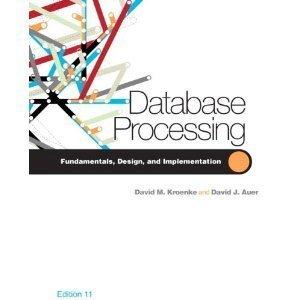Question
Please give the solution in C language only and Please attach the output screenshot 2300.4 Open addressing is a method for handling collisions in hashing.
Please give the solution in C language only and Please attach the output screenshot
2300.4 Open addressing is a method for handling collisions in hashing. The three different methods for
open addressing are linear probing, quadratic probing, and double hashing. A brief description of
the three methods is given below:
In linear probing, the function used to calculate the next location during collision is: h(k) =
(h(k) + i) mod m, i = 1, 2 . . . .
In quadratic probing, the function used to calculate the next location during collision is: h(k) =(h(k) + i2 ) mod m, i = 1, 2 . . .
In double hashing scheme, the primary hash function is, h1(k) = k mod N, where N is the table
size. The secondary hash function is, h2(k) = R (key mod R) where R is the maximum prime
number less than the table size. Double hashing can be done using: (h1(key) + i h2(key))
mod N, i = 0, 1, 2 . . . .
Given a set of keys and the table size, write a program to print the locations at which the keys are
stored using the above-mentioned three methods and also print the total number of collisions that
occur during mapping for each of the three methods.
Input format:
First line of the input contains an integer, the table size.
Second line contains space-separated(single space) integer numbers, the keys to be inserted.
Output format:
First line of the output contains space-separated (single space) integers, the locations obtained
using linear probing.
Second line contains an integer, the total number of collisions that occurred during linear
probing.
Third line of the output contains space-separated (single space) integers, the locations obtained
using quadratic probing.
Fourth line contains an integer, the total number of collisions that occurred during quadratic
probing.
Fifth line of the output contains space-separated (single space) integers, the locations obtained
using double hashing.
Sixth line contains an integer, the total number of collisions that occurred during double
hashing.
Sample Input:
7
76 93 40 47 10 55
Sample Output:
6 2 5 0 3 1
4
6 2 5 0 3 1
6
6 2 5 1 3 4
2
Step by Step Solution
There are 3 Steps involved in it
Step: 1

Get Instant Access to Expert-Tailored Solutions
See step-by-step solutions with expert insights and AI powered tools for academic success
Step: 2

Step: 3

Ace Your Homework with AI
Get the answers you need in no time with our AI-driven, step-by-step assistance
Get Started


